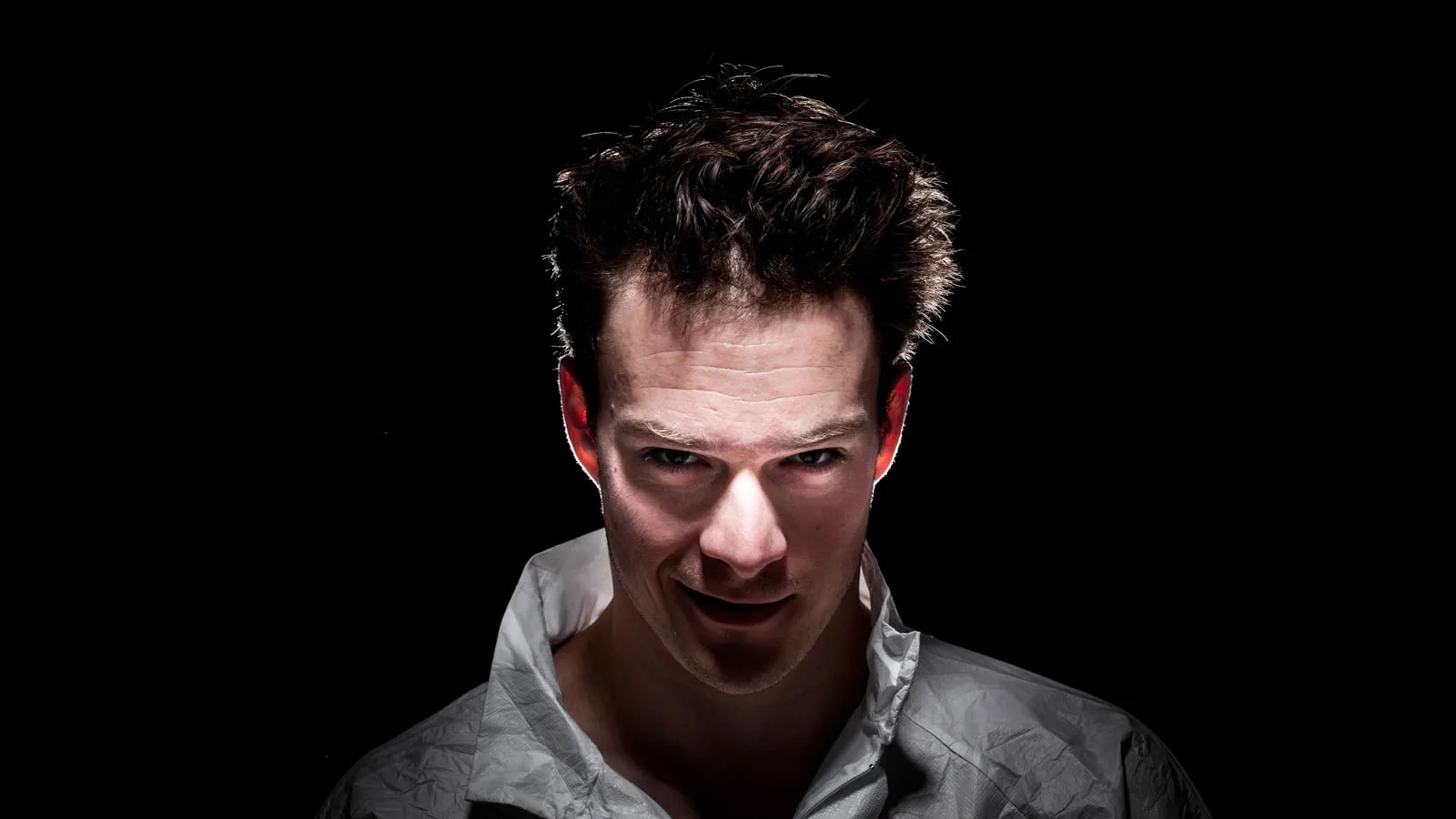Merger and acquisitions or murder and executions? It does not matter what one hears as both are the business of one Patrick Bateman, investment banker by day and murderer by night. Bateman, the narrator, is young and affluent. He goes to nightclubs, snorts narcotics, is particular about his appearance and keeps track of the fashions of the day. However, as Bateman’s veneer of control begins to crack, the distinction between real and imagined blurs. He details his morning skincare routine with the same precision as his torture sessions, raising questions about what is real and what is imaginary. Is he a serial killer or just fantasising to fill the spiritual void? Bret Easton Ellis’s American Psycho is satirical plunge into the hollow soul of 1980s Wall Street culture. It is a picture of a man consumed, literally and metaphorically, by consumerism. First published in 1991, American Psycho, shocked readers with its graphic violence and was banned or censored in multiple countries. However, it also sparked intense academic debate.
2. The Collector, John Fowles
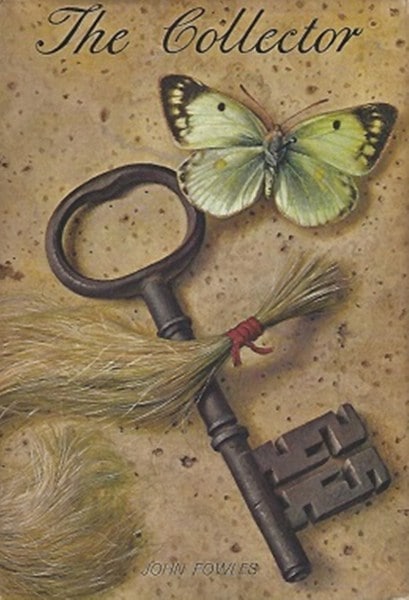 (Photo: amazon.in)
(Photo: amazon.in)
Most people have passions that keep them going, for some it is gathering collectables. It might be stamps, pebbles, rare books or plants. John Fowles’ in his debut novel, The Collector, twists the concept and takes it to its extreme. First published in 1963, The Collector is the story of Frederick Clegg, a socially awkward butterfly collector who adds something new to his collection – a veritable social butterfly, a living, breathing woman. After winning the lottery, Frederick uses his newfound wealth to kidnap Miranda, an art student he has admired from afar, and lock her in the cellar of his secluded countryside home. He hopes that eventually his captive will fall in love with him. The book is divided into two parts, the first narrated through Clegg’s eerily calm perspective and the second through Miranda’s desperate diary entries. Narrated from the cellar, one can feel claustrophobia closing in. Zooming out, it is allegory of a world with constant struggles between power, class and control. Critics have called it everything from a twisted love story to a modern Gothic masterpiece. Horrifyingly, some serial killers have listed the book as an influence.
Story continues below this ad
3. A Clockwork Orange, Anthony Burgess
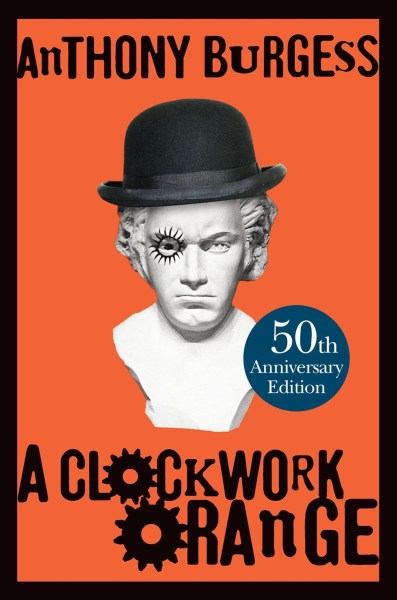 (Photo: amazon.In)
(Photo: amazon.In)
In A Clockwork Orange, Anthony Burgess, presents a dystopian future where teenage gangs roam the streets. It is told entirely from the point of view of 15-year-old Alex, who leads a gang of “droogs” through a nightmare of “ultra-violence.” One cannot help but observe that he is smart, sadistic, and obsessed with Beethoven. Strangely, he is both self-aware and of a philosophical bend of mind. He speaks in Nadsat, a teenage slang mashup of English and Russian. Through this strange language and his charisma, Alex invites us into his nightly adventures of “ultra-violence,” classical music, and drug-laced milk. This continues until he’s betrayed, arrested, and subjected to a government experiment that forces him to become “good.” First published in 1962, it raises the question that if a person’s ability to choose evil is taken away, can they still be considered human? The novel’s original UK version includes a controversial final chapter where Alex begins to seek redemption, and even imagine a future family. But for decades, American readers got a bleaker version, ending just as Alex reverts to his violent ways. Even Stanley Kubrick’s 1971 film adaptation left that final chapter out.
4. The Stalker, Paula Bomer
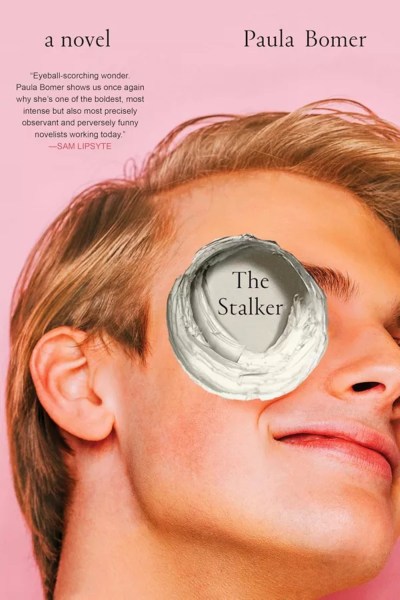 (Photo: amazon.in)
(Photo: amazon.in)
Set in the gritty chaos of early ’90s New York, The Stalker introduces us to Robert Doughten Savile, known as “Doughty” to those unfortunate enough to know him. Doughty’s a privileged dropout from Darien, Connecticut, coasting on ego and delusions of grandeur while sinking ever deeper into the city’s underbelly. He cons his way into the lives and homes of women who mistake his empty confidence for charm. He gaslights, manipulates, and lies with ease. While pretending to be a high-flying real estate mogul, Doughty is actually spending his days smoking in Tompkins Square Park and hustling in train station bathrooms. What he lacks in self-awareness or skill, he makes up for in calculated predation. Bomer through her dark humour peels back the layers of privilege, misogyny, and narcissism. If you’re a fan of unreliable narrators, The Stalker is a must-read.
5. Lolita, Vladimir Nabokov
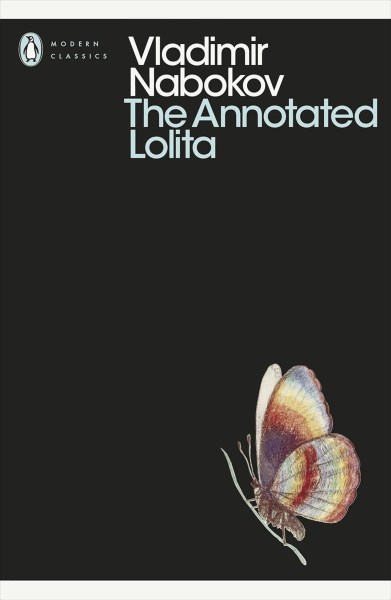 (Photo: amazon.in)
(Photo: amazon.in)
In Lolita, Nabokov hands the pen to a predator. Like any storyteller worth his salt, Humbert Humbert is free to drive the narrative as he wishes. He paints himself as a tragic romantic, a man cursed by an “overwhelming love” for nymphets. He is never a predator, always a poet. He quotes Poe, rhapsodises about beauty, and drops literary allusions, luring us into his warped perspective, until it is too late and the reader complicit in his crime. He calls Dolores “Lolita,” cloaking her in a fantasy and silence. He blames her for his obsession. Even his name, a pretentious doubling, hints towards his tendency to self-mythologise. He is an unreliable narrator, spinning child abuse as a grand passion while casually admitting to drugging Dolores, gaslighting her, and isolating her from the world. Here’s the genius, one catches oneself listening and pitying him. Nabokov forces us to confront how monstrosity wears a charming mask. It also forces one to consider how art aestheticises evil.
